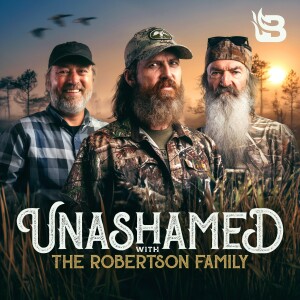

Over the last several weeks, we have been studying what the Apostle John calls, "The Revelation of Jesus Christ" - specifically, we'll be looking at the first few chapters that address the 7 churches in Asia.
Today, we're exploring Revelation 2:18-29, the letter to the Church at Ephesus. There is a general 'framework' that Christ uses when He addresses each of the churches:
He greets the church and identifies Himself with one of the phrases used to describe Him from Revelation...
Over the last several weeks, we have been studying what the Apostle John calls, "The Revelation of Jesus Christ" - specifically, we'll be looking at the first few chapters that address the 7 churches in Asia.
Today, we're exploring Revelation 2:18-29, the letter to the Church at Ephesus. There is a general 'framework' that Christ uses when He addresses each of the churches:
View more
- He greets the church and identifies Himself with one of the phrases used to describe Him from Revelation 1. When He addresses the Thyatiran church, He says: ‘The words of the Son of God, who has eyes like a flame of fire, and whose feet are like burnished bronze...." (referencing Revelation 1:12-16).
- Christ addresses the current state of the church, giving encouragement for the areas they are doing well, and correction for the areas that need repentance.
- He offers a challenge to change - to repent from the area of sin
- He describes what the consequences of inaction/lack of repentance will be.
- Finally, Christ delivers the promise of blessing and life that are assured to the ones who put His words into action
- -Politically insignificant but economically wealthy city
- -Main industries: metal workers (guild of the coppersmiths) & dealers/makers of specially dyed purple cloth (guild of the dye-ers)
- -Located between Pergamum & Sardis – not on a major trade route – dealers had to travel to distribute their wares
- -Acts 16:14 – Apostle Paul’s visit to Philippi – 1st convert is Lydia of Thyatira, dealer of purple
Comments (3)
More Episodes
All Episodes>>You may also like
Creat Yourt Podcast In Minutes
- Full-featured podcast site
- Unlimited storage and bandwidth
- Comprehensive podcast stats
- Distribute to Apple Podcasts, Spotify, and more
- Make money with your podcast
It is Free













